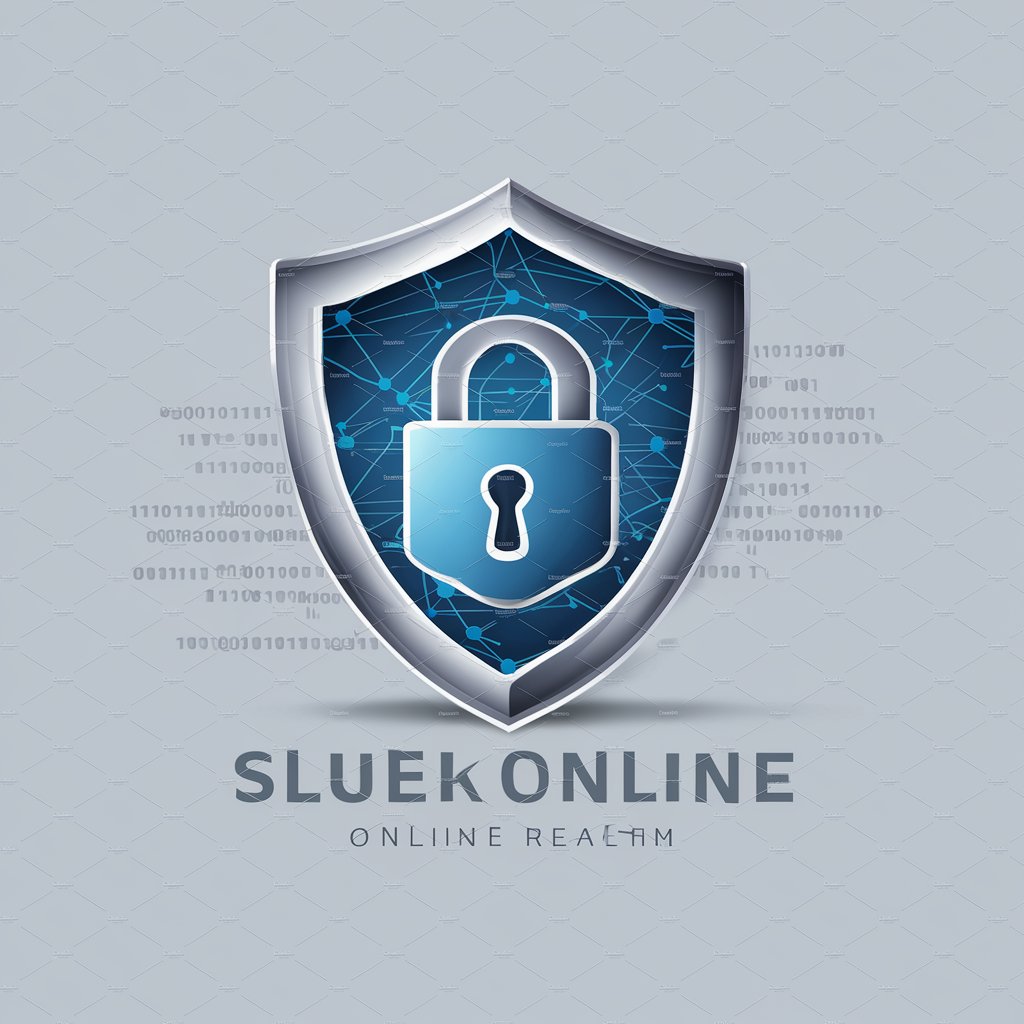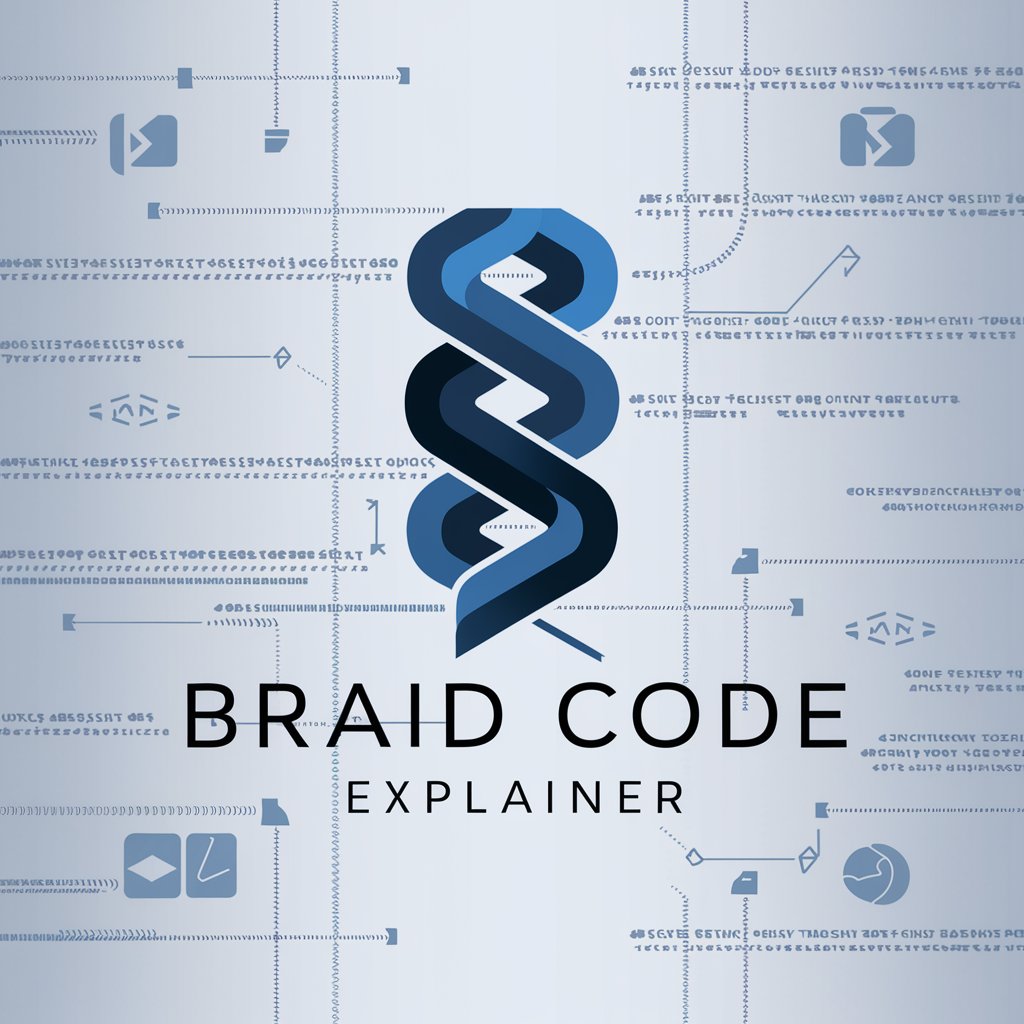Digital Privacy and Online Security - Online Safety Tips

Welcome! I'm here to help you with digital privacy and online security.
Empower Your Digital Life with AI
How can I create a strong password?
What are the best practices for using public Wi-Fi securely?
How can I identify and avoid phishing scams?
What steps should I take to secure my social media accounts?
Get Embed Code
Introduction to Digital Privacy and Online Security
Digital Privacy and Online Security is designed to educate and empower individuals and organizations to protect their digital footprint and assets in an increasingly interconnected world. This initiative focuses on the importance of safeguarding personal and professional information against unauthorized access, cyber threats, and data breaches. By providing actionable advice and practical solutions, it aims to enhance the understanding and implementation of cybersecurity measures. Examples include guiding users on creating strong, unique passwords, enabling two-factor authentication for an additional layer of security, identifying and avoiding phishing attempts, securing Wi-Fi networks, and managing privacy settings on social media platforms. These aspects are crucial for maintaining the integrity and confidentiality of digital information. Powered by ChatGPT-4o。

Main Functions of Digital Privacy and Online Security
Secure Password Creation and Management
Example
Guiding users through the process of generating robust passwords that combine letters, numbers, and special characters, and advising on the use of password managers.
Scenario
A user setting up a new online account is advised to create a unique password that differs from those on other platforms, enhancing account security.
Two-Factor Authentication (2FA)
Example
Explaining the types of 2FA, such as SMS-based, app-based, or hardware tokens, and the steps to activate them on various services.
Scenario
An individual enables 2FA on their email account, adding a necessary step of verification beyond the password, significantly lowering the risk of unauthorized access.
Phishing Detection and Avoidance
Example
Educating users on identifying suspicious emails or messages that attempt to steal personal information, and strategies to avoid falling victim to these scams.
Scenario
A user receives an email asking for sensitive information. Recognizing the signs of phishing, such as urgent language and unverified sender addresses, the user avoids clicking on any links and reports the email.
Wi-Fi Security Enhancement
Example
Advising on securing home and public Wi-Fi networks through strong encryption methods, such as WPA3, and the use of VPNs to encrypt data in transit.
Scenario
Before accessing sensitive information over a public Wi-Fi network, a user connects to a VPN, ensuring their data transmission is encrypted and protected from potential eavesdroppers.
Social Media Privacy Management
Example
Providing steps to adjust privacy settings on social media platforms to control who can see posts, personal information, and online activity.
Scenario
A social media user reviews and customizes their privacy settings, limiting their profile visibility and the amount of personal information accessible to the public or certain connections.
Ideal Users of Digital Privacy and Online Security Services
General Internet Users
Individuals who engage in daily online activities such as social media, online shopping, and email communication. These users benefit from understanding how to protect their personal information and avoid common cyber threats.
Small Business Owners
Owners who rely on digital tools for business operations, including customer data management and online transactions. They benefit from implementing cybersecurity measures to protect their business and customer information from breaches and fraud.
Educational Institutions
Schools and universities that manage students' and staff members' data and utilize online learning platforms. They require guidance on protecting this data and educating their community on maintaining digital privacy and security.
Tech Enthusiasts
Individuals interested in the latest digital trends and technologies, seeking to deepen their understanding of cybersecurity practices and protect their advanced setups from sophisticated cyber attacks.

How to Use Digital Privacy and Online Security
1. Start Your Journey
Initiate your digital privacy and online security education by visiting yeschat.ai for a complimentary trial, accessible without needing to sign up or subscribe to ChatGPT Plus.
2. Explore Topics
Navigate through the extensive range of topics covering digital privacy risks, cybersecurity measures, and online safety practices to find the information most relevant to your needs.
3. Implement Strategies
Apply the actionable advice provided, such as creating strong passwords, enabling two-factor authentication, recognizing phishing attempts, securing Wi-Fi connections, and managing social media privacy settings.
4. Continuous Learning
Regularly update your knowledge on digital privacy and online security to stay ahead of evolving threats and to safeguard your digital assets effectively.
5. Engage with Community
Participate in discussions and share insights with a community of users to enhance your understanding and application of digital privacy and online security practices.
Try other advanced and practical GPTs
Culture
Empowering cultural understanding through AI.

Marine Insurance Clause Interpreter
Deciphering Marine Insurance with AI

Braid API Simplifier
Demystifying API complexity with AI

GA01-Bilingual Bridge
Bridging Languages with AI Precision

Tamarian Linguist
Bridging Cultures through AI-Powered Translation

Common Core Math Translator
Simplifying Common Core Math with AI

Mein Projektmanagement-Lernbot (für PM2)
Empowering Project Success with AI

Fire
Ignite Safety Awareness with AI

6gold1(육금일) v0.3
Empowering Decisions with AI Empathy

Kaizen
Empower Your Growth with AI

Legal Ease for Business
Empowering business decisions with AI-driven legal insights.

Six Sigma Guru
Elevate Your Six Sigma Journey with AI

Frequently Asked Questions about Digital Privacy and Online Security
What is Digital Privacy and Online Security?
Digital Privacy and Online Security refers to practices and measures taken to protect personal information and ensure safe internet use. It encompasses a range of strategies, from password management to avoiding phishing scams, aimed at safeguarding users against unauthorized access and cyber threats.
How can I create a strong password?
A strong password should be at least 12 characters long, including a mix of upper and lower case letters, numbers, and special symbols. Avoid using easily guessable information, like birthdays or common words. Consider using a passphrase or a password manager to generate and store complex passwords.
What is two-factor authentication (2FA), and why is it important?
Two-factor authentication adds an extra layer of security by requiring two forms of identification before granting access to an account. This can include something you know (a password), something you have (a mobile device), or something you are (biometric data). It significantly reduces the risk of unauthorized access.
How can I detect phishing attempts?
Phishing attempts often involve suspicious emails or messages asking for personal information. Look out for red flags such as misspellings, generic greetings, and links or attachments from unknown sources. Always verify the authenticity of the request by contacting the company directly through official channels.
Why is Wi-Fi security important, and how can I improve it?
Securing your Wi-Fi network prevents unauthorized access to your personal and financial information. Improve your Wi-Fi security by changing the default router password, enabling WPA3 encryption, hiding your network, and regularly updating your router's firmware.
